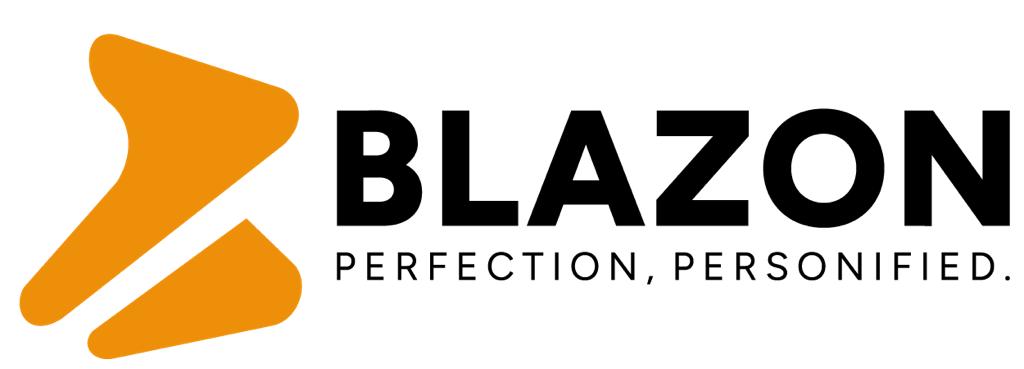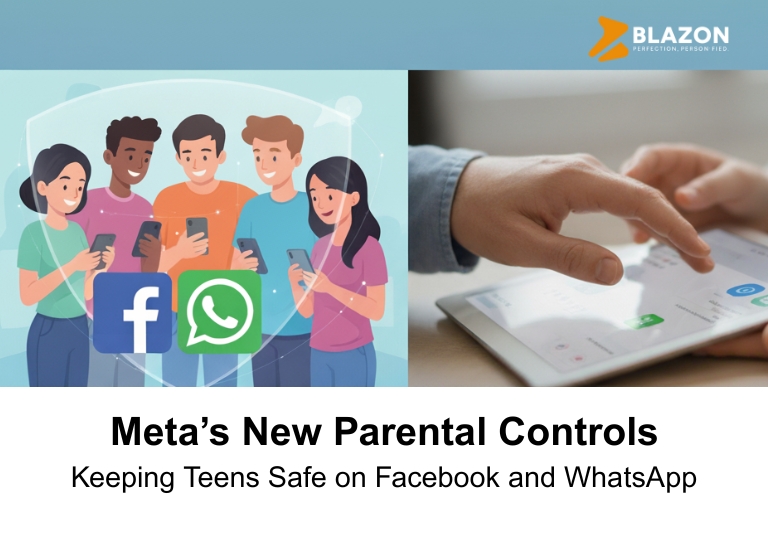In today’s digital age, social media plays a huge role in how teens communicate, socialize, and even learn. Platforms like Facebook and WhatsApp have become an integral part of their daily lives, allowing them to connect with friends, explore new ideas, and stay informed. But as technology advances, so do the challenges. With the rise of AI-driven features on these platforms, the risks associated with online interactions are growing. That’s why Meta has introduced new parental controls designed to help parents ensure their teens are staying safe online.
The Growing Concern for Teen Safety
The internet is a vast space, and for teens, it can be both an exciting place to explore and a potentially risky one. While platforms like Facebook and WhatsApp offer countless opportunities for socializing and learning, they also expose young users to potential dangers like cyberbullying, inappropriate content, and even misleading AI interactions. As AI becomes more integrated into these platforms—suggesting content, recommending connections, or even engaging in conversations—it’s important for parents to have more control over what their teens are exposed to.
That’s where Meta’s new parental controls come in. With a focus on AI-driven interactions, Meta is giving parents the tools they need to keep a closer eye on their teens’ activities without overstepping boundaries. It’s about striking the right balance between protecting their safety and allowing them to enjoy the benefits of social media.
Key Features of Meta’s Parental Controls
Meta’s latest parental control features, rolled out in late 2025, aim to make it easier for parents to monitor and manage their teens’ online behavior while maintaining their privacy. Here’s a closer look at some of the most notable features:
- AI Interaction Monitoring
Parents can now monitor their teen’s interactions with AI-powered tools on Facebook and WhatsApp. Whether it’s engaging with an automated chatbot or receiving AI-generated content recommendations, parents will be notified about these interactions. This feature allows them to assess whether their teens are having positive, safe engagements with AI or if there’s a cause for concern. - Content Filtering
Teens are often exposed to content that might not be suitable for their age. With the new parental controls, parents can filter out certain types of content—whether it’s sensitive topics, inappropriate language, or even specific keywords. This gives parents peace of mind knowing they can block harmful content before it reaches their teen’s feed. - Time and Usage Limits
Encouraging a healthy balance between online and offline life is crucial, and Meta is now making it easier for parents to set limits. The time control feature allows parents to set daily usage limits on Facebook and WhatsApp, ensuring their teens aren’t spending excessive amounts of time scrolling through their feeds or engaging with AI tools. - Detailed Activity Reports
Transparency is key when it comes to online safety, and these new controls give parents access to detailed activity reports. The reports provide insights into their teen’s online behavior, such as the content they’re interacting with, who they’re messaging, and how often they’re engaging with AI features. This makes it easier for parents to have informed conversations about internet safety with their teens. - Stronger Privacy Settings
Privacy is a growing concern, especially for younger users. Meta is allowing parents to set stricter privacy settings for their teen’s profiles, ensuring only trusted friends or family can view their posts and send them messages. This adds another layer of protection, limiting potential exposure to strangers or inappropriate content.
Why These Changes Matter
These parental controls are more than just a feature update—they represent a growing recognition from Meta that the safety of young users should be a top priority. As AI continues to shape how we communicate and consume content, it’s crucial that these systems are built with safety in mind. Teens are still developing the critical thinking skills necessary to navigate complex online environments, and it’s up to parents and tech companies to ensure that they’re not exposed to harmful influences.
By introducing these controls, Meta is not only responding to the growing demand for safer online spaces but is also giving parents more control over how their children interact with technology. It’s about empowering both parents and teens to make the online world a more secure place.
A Step Towards Better Digital Safety
As AI continues to evolve and play a larger role in our daily digital experiences, the need for effective parental controls becomes more evident. Meta’s new tools give parents the ability to monitor their teens’ interactions with AI-driven features and ensure that the content they’re engaging with is appropriate for their age. But this is just the beginning.
With the increasing influence of AI in our digital lives, we can expect more updates to these parental controls in the future. Meta will likely continue to refine these features to make them even more effective at keeping teens safe while giving them the freedom to enjoy social media. As we look to the future, it’s clear that striking the right balance between freedom and safety will be key in creating a positive online environment for the next generation.
In the end, these new controls represent a significant step forward in making social media platforms safer for young users. Parents now have more control, but the responsibility still lies in how we guide and educate teens on using these tools responsibly. It’s an ongoing process, but with Meta’s new features, we’re one step closer to ensuring that teens can navigate the digital world in a safer, more secure way.


